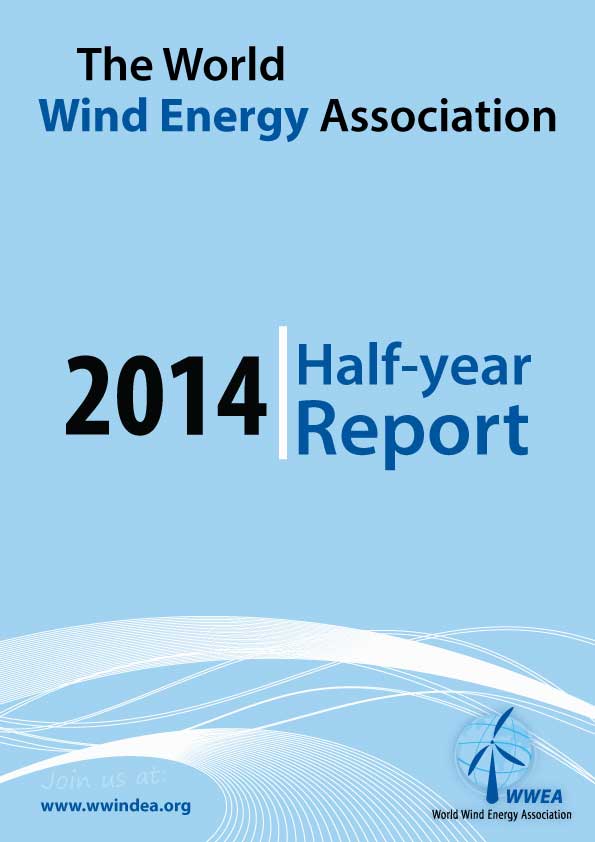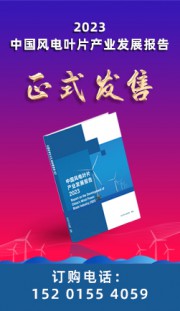
2014上半年世界风电发展报告《点击下载》
Worldwide Wind Market recovered: Wind Capacity over 336 Gigawatt
- 17,6 GW of new installations in the first half of 2014, after 14 GW in 2013
- Worldwide wind capacity has reached 336 GW, 360 GW expected for full year
- Asia overtakes Europe as leading wind continent
- China close to 100 GW of installed capacity
- Newcomer Brazil: third largest market for new wind turbines
- 360 GW expected by end of 2014
- Worldwide wind capacity has reached 336 GW, 360 GW expected for full year
- Asia overtakes Europe as leading wind continent
- China close to 100 GW of installed capacity
- Newcomer Brazil: third largest market for new wind turbines
- 360 GW expected by end of 2014
Bonn (WWEA) – The worldwide wind capacity reached 336’327 MW by the end of June 2014, out of which 17’613 MW were added in the first six months of 2014. This increase is a substantially higher than in the first half of 2013 and 2012, when 13,9 GW respectively 16,4 GW were added. All wind turbines installed worldwide by mid-2014 can generate around 4 % of the world’s electricity demand.
The global wind capacity grew by 5,5% within six months (after 5 % in the same period in 2013 and 7,3 % in 2012) and by 13,5 % on an annual basis (mid-2014 compared with mid-2013). In comparison, the annual growth rate in 2013 was lower (12,8 %).
Reasons for the relatively positive development of the worldwide wind markets are certainly the economic advantages of wind power, after all its increasing competitiveness, and the pressing need to go for emission free technologies in order to mitigate climate change and air pollution.
Reasons for the relatively positive development of the worldwide wind markets are certainly the economic advantages of wind power, after all its increasing competitiveness, and the pressing need to go for emission free technologies in order to mitigate climate change and air pollution.
Stefan Gsänger, WWEA Secretary General: “It is encouraging to see that the world market for wind energy has gained new momentum in 2014. This is mainly due to the very positive development in several emerging economies such as China, Brazil or India. However, the stagnation or even slowdown of many OECD markets is a major matter of concern. If these countries do not intensify their efforts in wind power deployment, they may not only loose their technological leadership, but also miss their renewable energy targets. In this light, it is important to see that citizens are getting more and more the active and driving forces of a rapid switch towards renewables.”
 手机浏览网
手机浏览网








